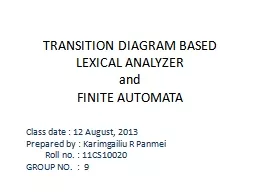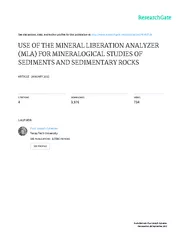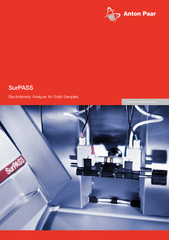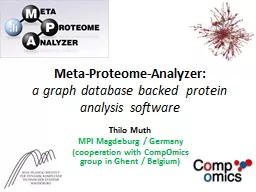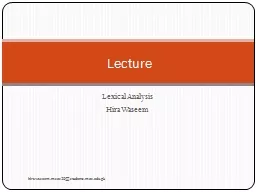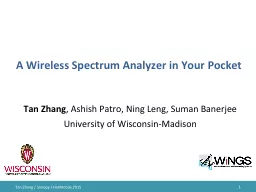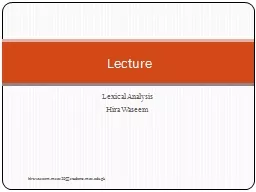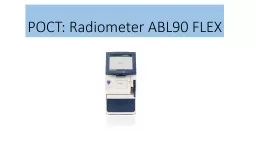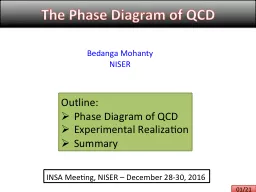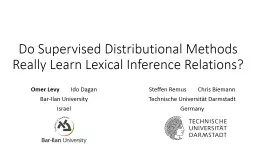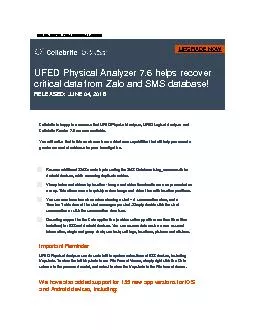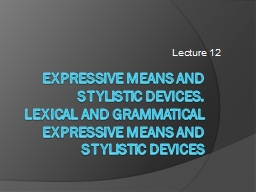PPT-TRANSITION DIAGRAM BASED LEXICAL ANALYZER
Author : tawny-fly | Published Date : 2015-12-08
and FINITE AUTOMATA Class date 12 August 2013 Prepared by Karimgailiu R Panmei Roll no 11CS10020 GROUP NO 9 Stream of input characters source State Transition
Presentation Embed Code
Download Presentation
Download Presentation The PPT/PDF document "TRANSITION DIAGRAM BASED LEXICAL ANALYZE..." is the property of its rightful owner. Permission is granted to download and print the materials on this website for personal, non-commercial use only, and to display it on your personal computer provided you do not modify the materials and that you retain all copyright notices contained in the materials. By downloading content from our website, you accept the terms of this agreement.
TRANSITION DIAGRAM BASED LEXICAL ANALYZER: Transcript
Download Rules Of Document
"TRANSITION DIAGRAM BASED LEXICAL ANALYZER"The content belongs to its owner. You may download and print it for personal use, without modification, and keep all copyright notices. By downloading, you agree to these terms.
Related Documents

